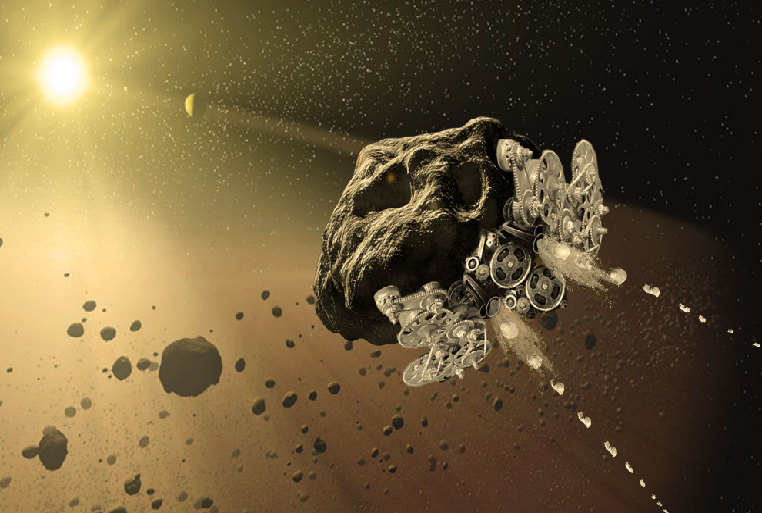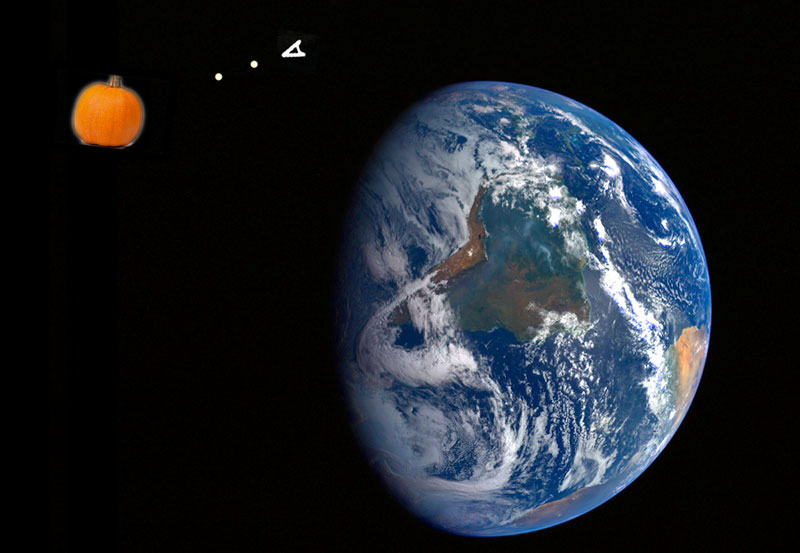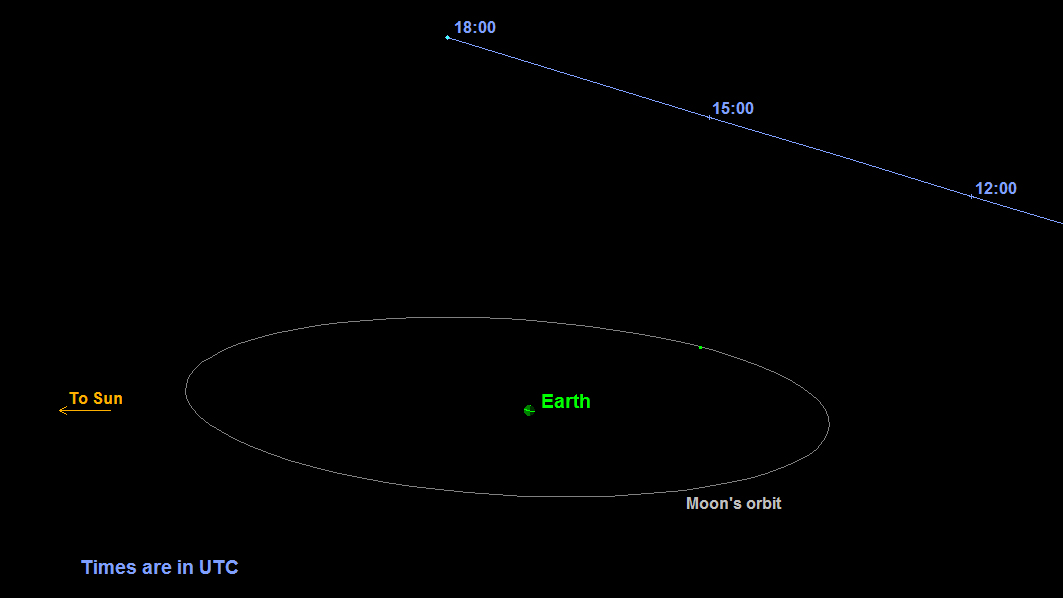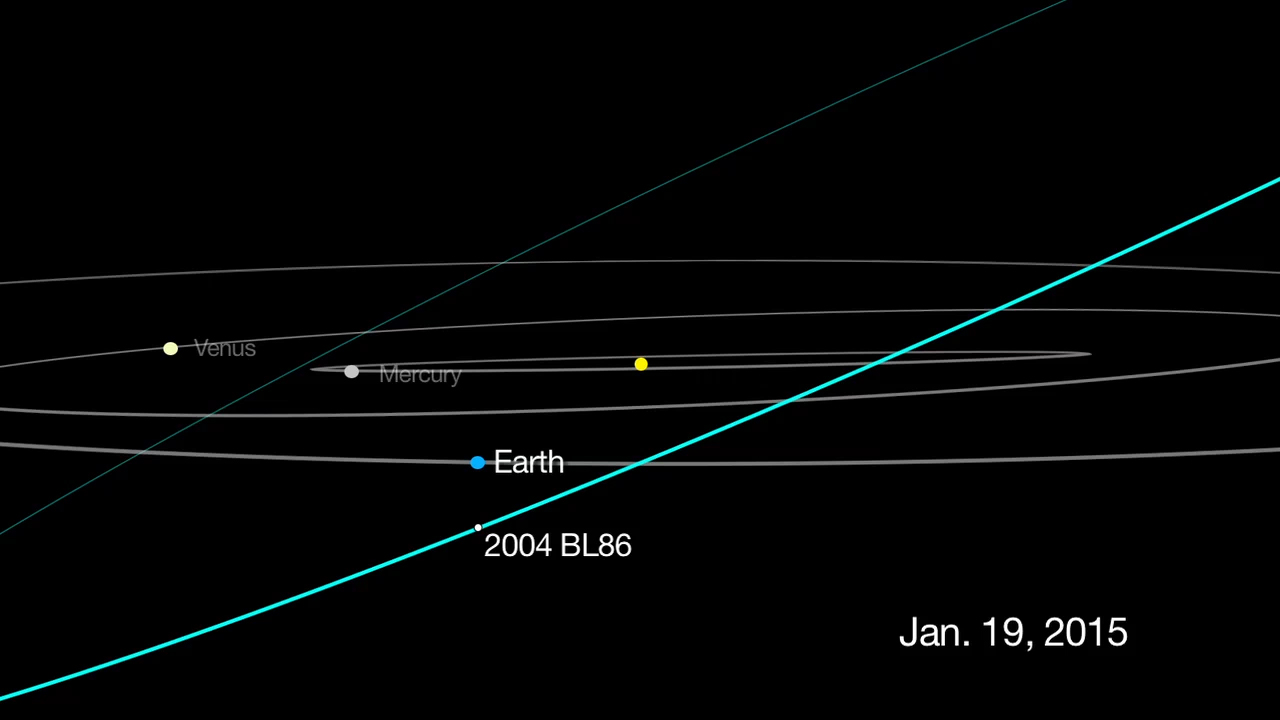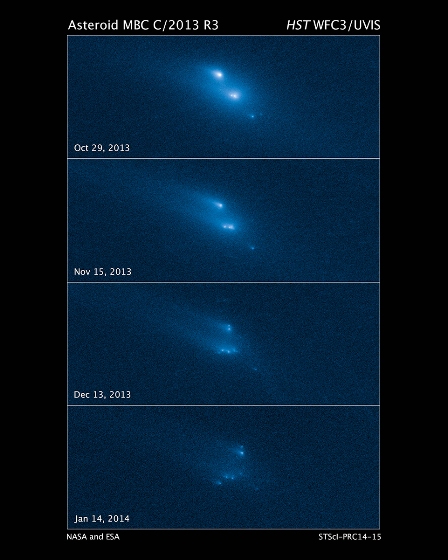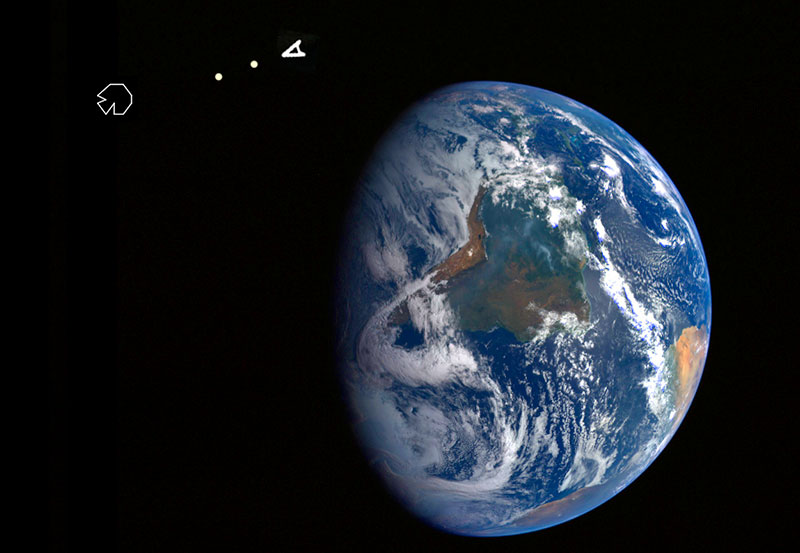Robot 3D Printers To Turn Asteroids Into Spaceships
Posted on April 18, 2016The company Made In Space, Inc. has received money from NASA to research their Project RAMA: Reconstituting Asteroids into Mechanical Automata.
They write, “The objective of this study is… to establish the concept feasibility of using the age-old technique of analog computers and mechanisms to convert entire asteroids into enormous autonomous mechanical spacecraft.”
In other words, they’ll use robot 3D printers to re-shape asteroids into mechanical spaceships, moving them into strategic orbits around the planet, or crashing them into bigger, Earth-threatening asteroids.
For a more thorough description of this, and other 2016 NASA Innovative Advanced Concepts (NIAC) program fund recipients, read “NASA’s Project RAMA Would Use Asteroids to Play Asteroids” at TheDrive.com.
And, here’s the Project RAMA description at nasa.gov.
New York Times Navigates Asteroid Belt
Posted on April 06, 2016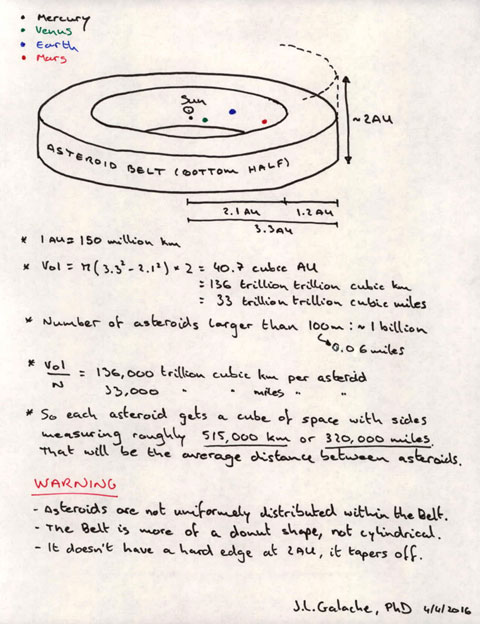 The New York Times just published an article describing the likelihood of a collision while navigating an asteroid belt.
The New York Times just published an article describing the likelihood of a collision while navigating an asteroid belt.
Hint: it’s astronomical.
The article uses calculations by J.L. Galache, an astronomer at the International Astronomical Union’s Minor Planet Center in Cambridge, Mass., whose findings should be taped up inside any spacecraft cockpit.
Read Kenneth Chang’s article for the whole story.
Asteroids Player Profile: Eddie Izzard
Posted on January 14, 2016 It turns out that Eddie Izzard’s all-time favourite computer game is Asteroids.
It turns out that Eddie Izzard’s all-time favourite computer game is Asteroids.
He recently told The Guardian, “I was king of Asteroids back in the day. I’d play one game for an hour-and-half and get scores of over a million.”
He described his experience to Chris Hardwick (also an Asteroids fan) on The Nerdist podcast in 2014:
“It was so odd, because I was… at first year at university, and the people– I would go to the next door halls of residence, where I wasn’t known at all. Not that I was very well known in my hall of residence. And I would get on the machine, and people would talk about me as if I wasn’t there, ’cause they thought I was part of the machine. Like I’d become part of the machine. They’d kind of go, ‘God, it’s really weird. Yeah, that’s all he does… Look at the number of space ships.’ And they were sitting right next to me doing that, and I just thought, this is weird.” (Nerdist podcast #513 at 1:09:22).
But wait, there’s more! The comedian, marathon runner, and future mayor of London, also has a real asteroid named after him: 2002 RY237 is now officially 196000 Izzard. Visit JPL’s database for details.
Don Yeomans, Atari Asteroids’s 2015 Person of the Year
Posted on January 02, 2016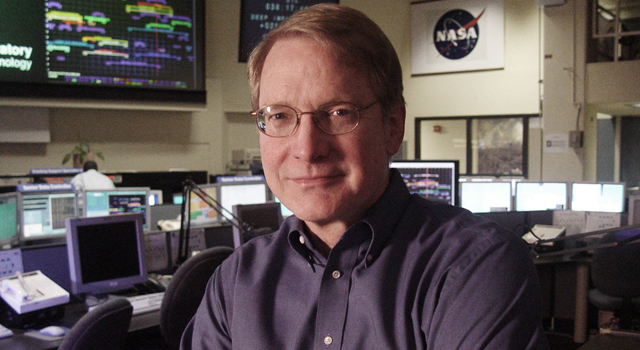
As 2015 draws to a close, Atari Asteroids.net is pleased to name Don Yeomans as its first ever Person of the Year. Why? Because while some of us have been targeting vector-based asteroids, he’s been doing the real thing.
Yeomans joined NASA’s Jet Propulsion Laboratory in 1976, and managed the Near-Earth Object Program Office from its establishment almost 17 years ago until his retirement in January, 2015. They “coordinate NASA-sponsored efforts to detect, track and characterize potentially hazardous asteroids and comets that could approach the Earth.”
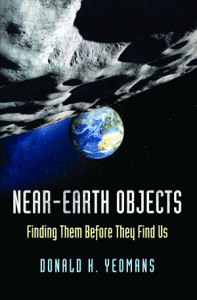 Yeomans says: “When I began doing this, asteroids were considered little more than vermin of the solar system, irritants that occasionally got in the way of astronomers taking pictures of some distant galaxy. While times certainly have changed, two things about near-Earth objects remain the same. We need to find them before they find us and tell everybody about them as efficiently and as clearly as possible.”
Yeomans says: “When I began doing this, asteroids were considered little more than vermin of the solar system, irritants that occasionally got in the way of astronomers taking pictures of some distant galaxy. While times certainly have changed, two things about near-Earth objects remain the same. We need to find them before they find us and tell everybody about them as efficiently and as clearly as possible.”
Yeomans received the 2013 Carl Sagan Medal from the American Astronomical Society (AAS) for his work. Article here.
He also wrote Near Earth Objects: Finding Them Before They Find Us, which has all sorts of good information about types of asteroids and how we find them.
For a good visualization of all known asteroids, check out this animation by Scott Manley. And for more on NASA’s asteroid work, check out our posts tagged “NASA.”
Asteroid Flyby on Halloween Night
Posted on October 26, 2015So here’s the scenario: you’re out trick-or-treating on Halloween night, and there’s the usual assortment of pirates, zombies, and Boba Fetts. When all of a sudden, you round a corner and come face to face with Asteroid TB145!!! Sure, it’s passing 1.3 lunar distances from Earth, but it still wants candy and is close enough to TP your house if it doesn’t get any.
For more deets, visit NASA JPL.
Another Asteroid Buzzes Earth
Posted on January 24, 2015On January 26, 2015, asteroid 2004 BL86 will pass 3 lunar distances from Earth — not nearly as harrowing as when 2005 YU55 zipped past in 2011, but still close enough to excite scientists, who will study the asteroid with microwaves.
 The asteroid should be close enough to Earth for amateur astronomers to see it with small telescopes and large binoculars, and for professional astronomers to reheat leftovers on the asteroid surface.
The asteroid should be close enough to Earth for amateur astronomers to see it with small telescopes and large binoculars, and for professional astronomers to reheat leftovers on the asteroid surface.
Download an animation of the flyby, and read more about it at NASA JPL’s website.
Check out other real asteroid news on AtariAsteroids.net.
Asteroid Breaks Up Just Like In The Game
Posted on May 29, 2014Astronomers from UCLA have observed an asteroid being ripped apart by “YORP torque.”
They used a team of telescopes from around and above (Hubble) the world, and saw big pieces becoming smaller pieces, becoming smaller pieces…
CNET reports that it’s just like in the game.
Excellent.
Japan to Blast Asteroids
Posted on October 24, 2013
Japan, the nation that brought us giant battle robots, has announced that it’s getting into the asteroid blasting game.
The Japanese Aerospace Exploration Agency (JAXA) is going to launch a space cannon aboard the Hayabusa-2 space probe next year. In 2018, the cannon will arrive at asteroid 1999JU3, which orbits between Earth and Mars, and will shoot it with a metal bullet.
This mission will just punch a crater and collect dust for research: both on the what’s-in-the-asteroid front, as well as the save-the-planet end.
Kudos, Japan.
Scots Propose Blasting Asteroids to Combat Climate Change
Posted on October 08, 2012The latest in Awesome Actual News Related to Spaceships and Asteroids comes from the Scottish University of Strathclyde’s Advanced Space Concepts Laboratory, where researchers have proposed using asteroid dust to shield our planet from the Sun, reducing solar radiation enough to slow global warming for a bit.
The plan is to push a nearby asteroid — the best candidate being 1036 Ganymed — to Langrange point L1, where the gravitational pull of the sun and the Earth balance each other, and then BLAST THE ASTEROID INTO EARTH-SHIELDING SMITHEREENS.
Now this is what we’re taking about!
What with Scott Manley’s recent HD video of asteroid discovery, AtariAsteroids.net will gladly buy any Scotish astronomer a pint or a dram.
The Atlantic has a good article with more details.
Meanwhile, we’ll be down at Barcade training for when they start hiring on this mission.
